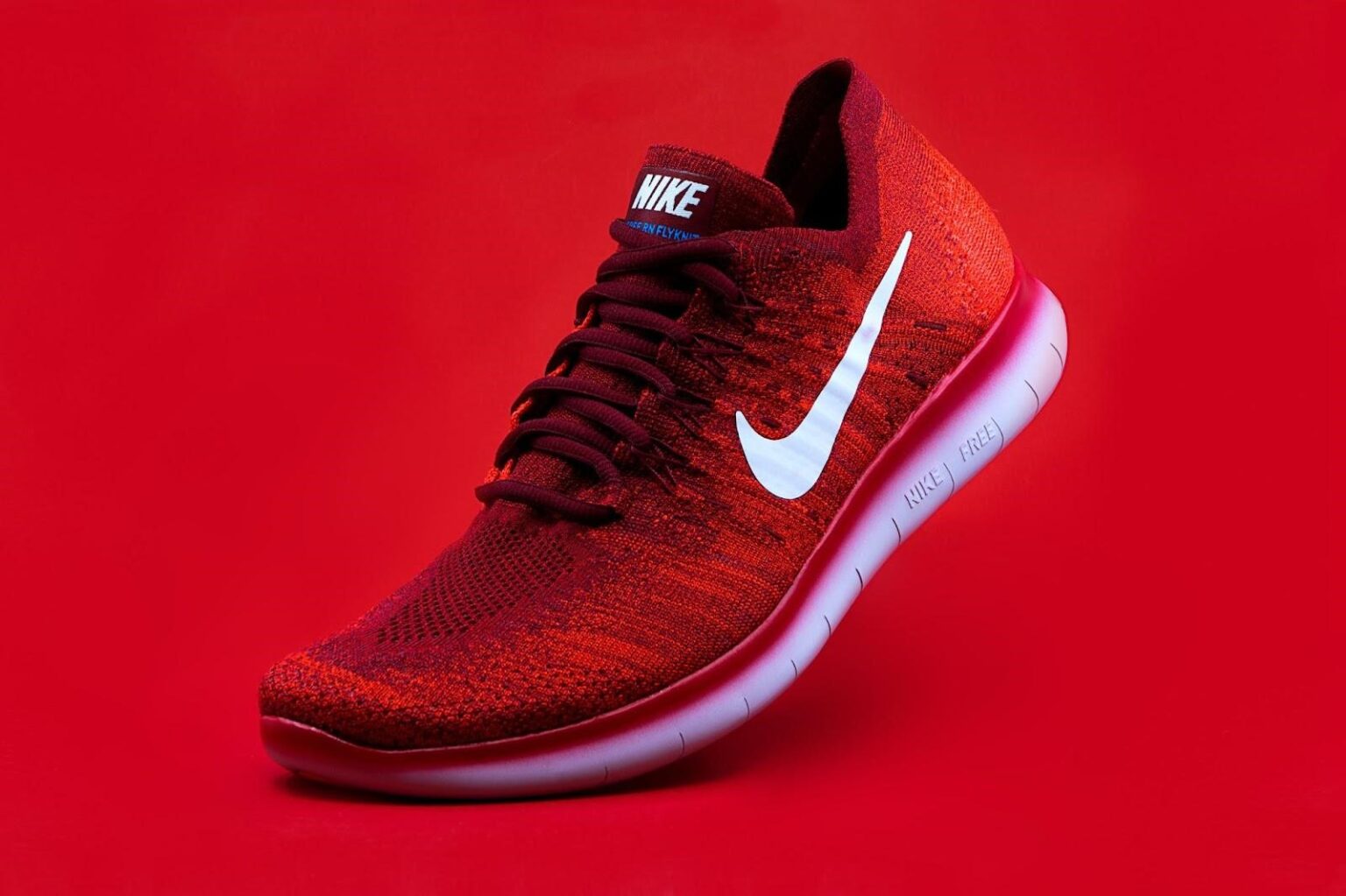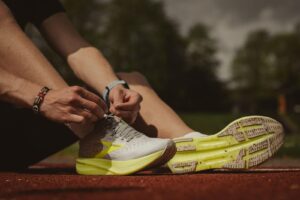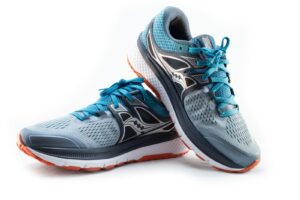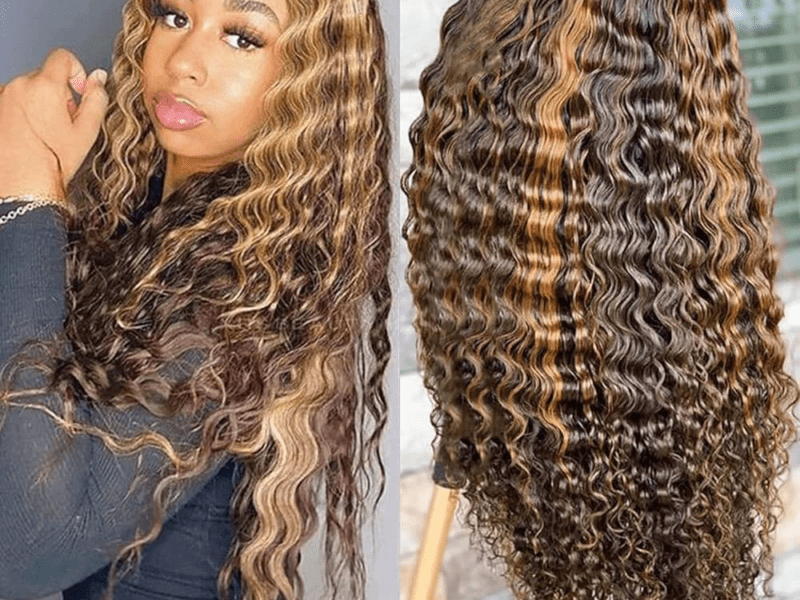
The Science of Speed: How Track Running Shoes Enhance Performance
If you spend much time on the tracks, your body might have already told you what it likes, especially about the running shoes you use. Reputable sportswear companies create apparel with proper scientific reasoning and utilize the principles that give athletes the needed speed.
Footwear should be everyone’s important consideration among the essential track running accessories. Track running shoes should be agile, adaptive, and robust to withstand harsh track conditions.
Moreover, they should embody science, infusing various biomechanics principles that facilitate speed and performance. This article looks at how track running shoes enhance performance, delving deeper into the science behind it.
Defining Track Running Shoes
Not every running shoe is ideal for the tracks. Running shoes for track activities should have a different build and be a creation of science, from their arch support to raised heels. Conventional running shoes predispose athletes and runners to injuries, and although people would still use them as an option, they could be better.
The athletic footwear market continues to bulge at a compound annual growth rate of 4.9%. That means the need to increase the production of track running shoes specifically has proportionally heightened.
Much better, the adoption of healthy lifestyles and people opting for the tracks than the couches make the availability of track running shoes essential. But while enabling that, shoe companies must ensure that track running shoes not only improve running performance-wise but also make it safe by adopting scientific principles.

The Science Behind Track Running Shoes
The very reason track running shoes are sought-after is that they’re safe, robust, and functional. However, these features result from mere crafting and assembling and from considering the science of their architecture. Track running shoes offer much-needed functionality, and here’s why.
1. Forefoot Arch Support
Arch support principally eliminates pain for athletes and people running over long distances. This arch support does not have to be too high or too low but balanced through the middle to help ease running and pain. However, as much as footwear creators include foot arch to alleviate discomfort, it does help to improve speed significantly.
One study confirmed that short-distance runners on track running shoes with neutral arch support have improved dynamic balance and speed. The ease of discomfort and the elevation of the foot angle help strengthen their ability to take up speed quickly and achieve higher performance.
Companies that not only manufacture track running shoes for the sake of it but to help their clients achieve peak performance understand the fundamental aspect of the foot arch.
2. Outwear Sole Patterns
There are few expert findings about how outsole wear patterns help improve performance in track running. That’s because the evidence and expert opinion available is only anecdotal, and more research needs to be underway. However, one thing is certain—outerwear sole patterns help with speed.

Consider this situation: a scenario where an athlete runs on shoes without any sole pattern; simply, a shoe sole, dead flat and smooth. Another scenario could involve a track runner using a well-treated and patterned outsole (disregarding the type of patterning).
The latter will likely perform better than the former from face value. When it comes to speed and performance, sole trading is paramount. However, there’s much to discuss regarding patterning and how it’s the recipe for speed and peak performance.
3. Posterior Heel Flare and Beveled Heel
It’s far too easy to tell why the former fit into the jigsaw of this activity when comparing most track running shoes with conventional ones. Although incredibly subtle, the form and shape of the posterior heel flare or curve greatly matter when improving speed and enhancing performance. Ideally, the discussion around this topic would be about two popular rear heel curves—the posterior heel flare and the beveled heel.
Although companies want edgy and sophisticated footwear appeal by creating protruded heel posteriors, they disregard one vital thing: comfort and efficiency, essential for speed and peak performance.
The posterior part of the shoe on the heel determines heel striking and initial contact efficiency. Preferably, beveled heels comprise a curved form, much more comfortable than shoes having a posterior heel flare, which smoothly takes up the shape of your calcaneus.
The beveled heel helps roll your foot alongside your body, and you won’t have to work as hard when moving forward. Without this curve, you may experience a jarring impact with every landing, which would stress your shin muscles, resulting in poor performance and speed.

4. Toe Spring
A toe spring is a curve or the upward rise of a sole’s forefoot, an aspect worth discussing regarding speed and performance in track running. Shoes with overly thick midsoles require infusing of the toe spring since they tend to have less bend and flex.
Moreover, shoes that utilize incredibly stiff soles – such as carbon fiber, plastic, and Pebax—require toe springs to enable seamless propulsion.
Toe springs help smooth out the terminal stance or pre-swing of your gait. That’s essential due to the transitions over your metatarsophalangeal joints.
Moreover, your foot’s last rocker (angle movement of the tibia and fibula as a unit), vital in making your gait more efficient and maintaining forward momentum, could use a toe spring as leverage.
However, track footwear companies must understand the extent they should go to balance that out when infusing toe springs in shoes.
Final Thoughts
When choosing track running shoes, most runners assume that shoe companies get everything right regarding the bio mechanism involved in running—they mostly do.
However, individual variations in physical foot forms should trigger everyone to do their due diligence, picking just the perfect footwear for track activities. Remember, optimal performance begins with the feet and how comfortable running is.







